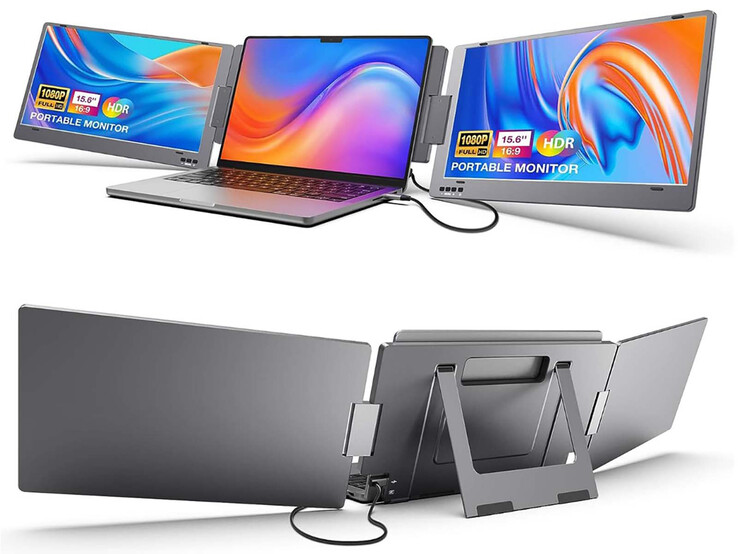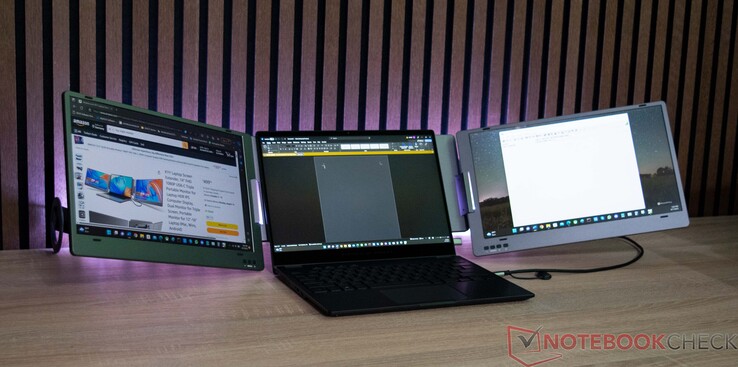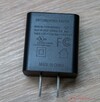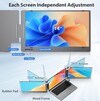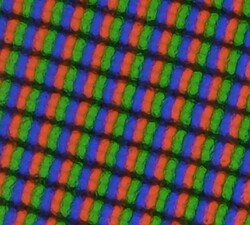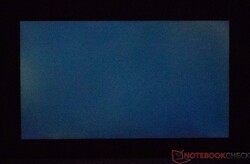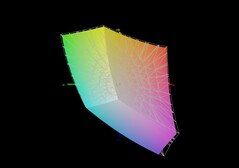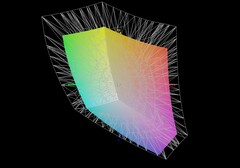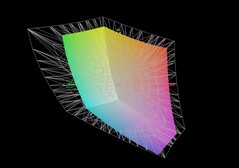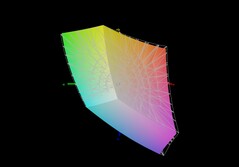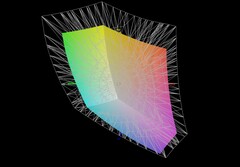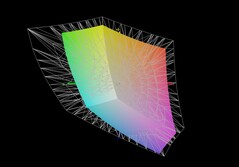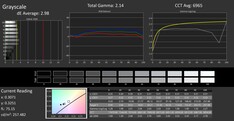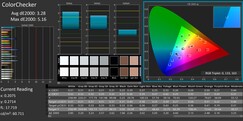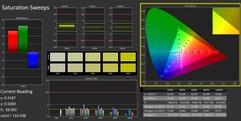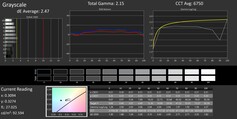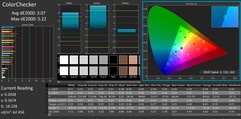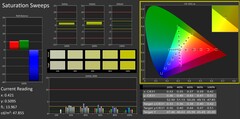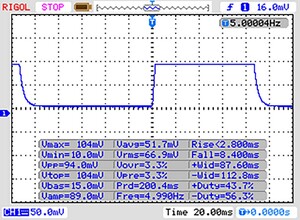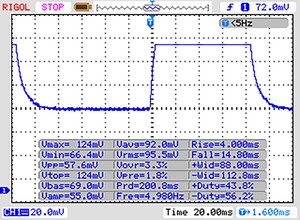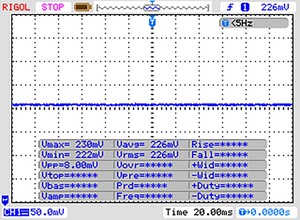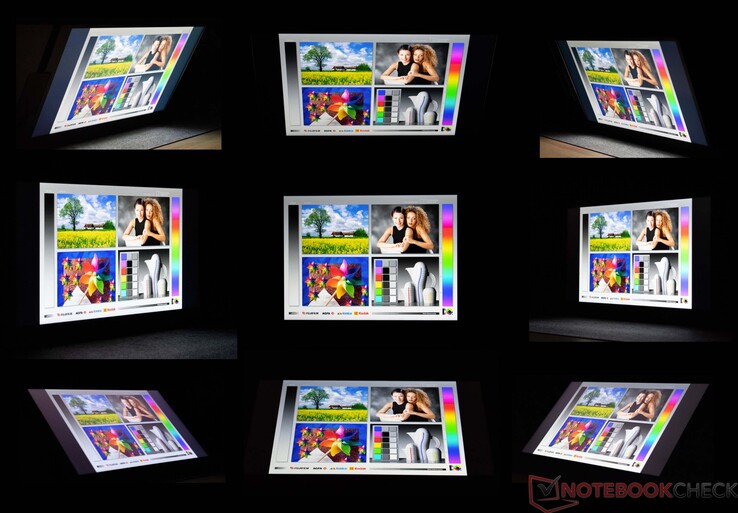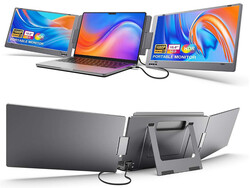KYY X90A dual monitor review: The portable desktop expansion for laptops and tablets that features two displays
If you are on the lookout for portable displays for mobile use, then you will probably already have heard of the name KYY. Generally, the manufacturer offers a large palette of external displays which cover a wide range of uses. With the X90A, the manufacturer has released a special display onto the market which basically consists of two 14-inch screens that can be placed to the left and right of a laptop or tablet. Thanks to their two 360-degree hinges, the screens can cover a wide variety of possible use scenarios.
In this review, we will be taking a closer look at the KYY X90A monitor. This is a portable display consisting of two 14-inch screens with a resolution of 1,920 x 1,080 pixels each. In everyday use, your mobile workspace with a laptop can be expanded easily. At the same time, you can also place tablets up to 16 inches in size in the middle of the two screens. Both displays can be connected through one single USB-C cable and after a short setup, they are ready for action.
Further information surrounding KYY monitors can be found here.
The KYY X90A's scope of delivery includes:
- KYY X90A portable dual monitor
- USB stick (with display driver)
- 1x USB-C to USB-C cable
- 1x USB-C to USB-A cable
- 1x USB-C to USB-A adapter
- 5 V/3 A power connection
- instruction manual
Case and connectivity - High-quality build
The KYY X90A has a solid metal case which gives the device a really high-quality feel. Both of the 14-inch screens can be placed into any position imaginable thanks to their 360-degree hinges. This means you can share your screen in order to present content to the person sitting in front of you. In practical use, this works really well and its bulky metal foot also keeps it really secure.
The KYY X90A features two USB-C ports - one of which is used to supply the device with power and the other is used to transmit picture. You also have the option to simply use one cable for transmission as well as power delivery. The device doesn't have an HDMI or Mini HDMI port. You will also have to make do without separate speakers.
Display - Two times 14 inches in FHD
The KYY X90A is fitted with two 14-inch displays, each with a resolution of 1,920 x 1,080 pixels. This results in a pixel density of 127 ppi. Our measurements showed average display brightness values of 235 cd/m² (left screen) and 210 cd/m² (right screen). This is slightly dimmer than its competitors but in everyday use, this is enough to work even in brighter surroundings. Its black value is typical for IPS displays, meaning its contrast ratio is also the same as on most IPS panels. It has some subtle issues surrounding clouding, but the shouldn't be noticeable in everyday use. We didn't note any PWM on either of the screens, meaning this shouldn't contribute to tiredness after longer periods of use.
| |||||||||||||||||||||||||
Brightness Distribution: 80 %
Contrast: 956:1 (Black: 0.27 cd/m²)
ΔE ColorChecker Calman: 3.28 | ∀{0.5-29.43 Ø4.77}
ΔE Greyscale Calman: 2.98 | ∀{0.09-98 Ø5}
66% AdobeRGB 1998 (Argyll 3D)
95.4% sRGB (Argyll 3D)
64% Display P3 (Argyll 3D)
Gamma: 2.14
CCT: 6965 K
| KYY X90A 1920x1080, 14" | KYY X90A 1920x1080, 14" | Uperfect X Pro LapDock 3840x2160, 17.3" | Lenovo ThinkVision m14t 1920x1080, 14" | GMK KD1 Portable Monitor 3840x2160, 14" | |
|---|---|---|---|---|---|
| Display | -0% | -3% | -1% | 5% | |
| Display P3 Coverage (%) | 64 | 63.8 0% | 65 2% | 63.6 -1% | 69.6 9% |
| sRGB Coverage (%) | 95.4 | 94.8 -1% | 88.2 -8% | 95.4 0% | 94.4 -1% |
| AdobeRGB 1998 Coverage (%) | 66 | 65.8 0% | 64.5 -2% | 65.4 -1% | 71.1 8% |
| Response Times | -5% | -115% | -67% | -280% | |
| Response Time Grey 50% / Grey 80% * (ms) | 18 ? | 18 ? -0% | 35 ? -94% | 15.6 ? 13% | 62 ? -244% |
| Response Time Black / White * (ms) | 11 ? | 12 ? -9% | 26 ? -136% | 27.2 ? -147% | 45.6 ? -315% |
| PWM Frequency (Hz) | 1000 ? | 5000 ? | |||
| Screen | -2% | -67% | 27% | -18% | |
| Brightness middle (cd/m²) | 258 | 228 -12% | 248 -4% | 310.6 20% | 325.3 26% |
| Brightness (cd/m²) | 235 | 210 -11% | 232 -1% | 295 26% | 316 34% |
| Brightness Distribution (%) | 80 | 67 -16% | 84 5% | 89 11% | 82 3% |
| Black Level * (cd/m²) | 0.27 | 0.25 7% | 0.73 -170% | 0.23 15% | 0.3 -11% |
| Contrast (:1) | 956 | 912 -5% | 340 -64% | 1350 41% | 1084 13% |
| Colorchecker dE 2000 * | 3.28 | 3.07 6% | 6.92 -111% | 2.01 39% | 4.75 -45% |
| Colorchecker dE 2000 max. * | 5.16 | 5.22 -1% | 8.75 -70% | 3.58 31% | 8.09 -57% |
| Greyscale dE 2000 * | 2.98 | 2.47 17% | 6.67 -124% | 1.9 36% | 6.2 -108% |
| Gamma | 2.14 103% | 2.15 102% | 1.7 129% | 2.06 107% | 2.31 95% |
| CCT | 6965 93% | 6750 96% | 7452 87% | 6455 101% | 6691 97% |
| Colorchecker dE 2000 calibrated * | 1.9 | 2.19 | |||
| Color Space (Percent of AdobeRGB 1998) (%) | 65.4 | ||||
| Color Space (Percent of sRGB) (%) | 94.6 | ||||
| Total Average (Program / Settings) | -2% /
-2% | -62% /
-60% | -14% /
6% | -98% /
-53% |
* ... smaller is better
Color space coverage
For our color measurements, we took a look at each of the displays separately. Although, differences between the two were minimal and both screens delivered almost identical results. Within the sRGB color space, we noted the best accuracy, although it can't be depicted in its entirety. Within the AdobeRGB and P3 color spaces, we noted much poorer color accuracy, meaning we wouldn't recommend these displays for professional image or video editing.
In practical use, both displays have a good display quality. Their matte surfaces prevent mirroring entirely. In summary, the DeltaE 2000 color values we measured were already quite close to the goal value of <3 in the device's delivered state. Lenovo's ThinkVision 14t shows that even more can be done in this aspect.
Display Response Times
| ↔ Response Time Black to White | ||
|---|---|---|
| 11 ms ... rise ↗ and fall ↘ combined | ↗ 3 ms rise | |
| ↘ 8 ms fall | ||
| The screen shows good response rates in our tests, but may be too slow for competitive gamers. In comparison, all tested devices range from 0.1 (minimum) to 240 (maximum) ms. » 28 % of all devices are better. This means that the measured response time is better than the average of all tested devices (20.2 ms). | ||
| ↔ Response Time 50% Grey to 80% Grey | ||
| 18 ms ... rise ↗ and fall ↘ combined | ↗ 4 ms rise | |
| ↘ 14 ms fall | ||
| The screen shows good response rates in our tests, but may be too slow for competitive gamers. In comparison, all tested devices range from 0.165 (minimum) to 636 (maximum) ms. » 31 % of all devices are better. This means that the measured response time is better than the average of all tested devices (31.6 ms). | ||
Screen Flickering / PWM (Pulse-Width Modulation)
| Screen flickering / PWM not detected | |||
In comparison: 53 % of all tested devices do not use PWM to dim the display. If PWM was detected, an average of 8091 (minimum: 5 - maximum: 343500) Hz was measured. | |||
Pros
Cons
Verdict - Versatile display
The KYY X90A's two 14-inch displays offer a great alternative to quickly expand your digital workspace. With only one cable, both screens can be powered and in combination with a laptop or tablet, your can quickly create a triple-screen setup on your desk. Unfortunately, our measurements showed that both of the screens' brightness levels were below what was stated by the manufacturer.
The KYY X90A is a great alternative for a mobile desktop expansion if you are on-the-go and don't want to forgo a multi-monitor workspace.
We liked its modern design and high-quality build in combination with excellent choice of materials. What results from this is excellent stability which is extremely beneficial on a portable display. You can cope with its missing speakers, as you will most likely be using a laptop with the KYY X90A, anyway. Thanks to the displays only requiring one cable, you don't need to worry about an extra power cable being in the way. This makes the device a lot simpler to use in practice.
Currently, the KYY X90A will set you back around US$480. The displays face some in-house competition, as the KYY X90 is an identically-built model which only works with Windows devices. At the end of the day, it's only around US$20 cheaper. The Limink S19 is also a viable alternative which features the same functions as the model we tested. At around US$550, the device is only minimally more expensive.
Transparency
The selection of devices to be reviewed is made by our editorial team. The test sample was given to the author by the manufacturer free of charge for the purposes of review. There was no third-party influence on this review, nor did the manufacturer receive a copy of this review before publication. There was no obligation to publish this review. As an independent media company, Notebookcheck is not subjected to the authority of manufacturers, retailers or publishers.
This is how Notebookcheck is testing
Every year, Notebookcheck independently reviews hundreds of laptops and smartphones using standardized procedures to ensure that all results are comparable. We have continuously developed our test methods for around 20 years and set industry standards in the process. In our test labs, high-quality measuring equipment is utilized by experienced technicians and editors. These tests involve a multi-stage validation process. Our complex rating system is based on hundreds of well-founded measurements and benchmarks, which maintains objectivity. Further information on our test methods can be found here.




